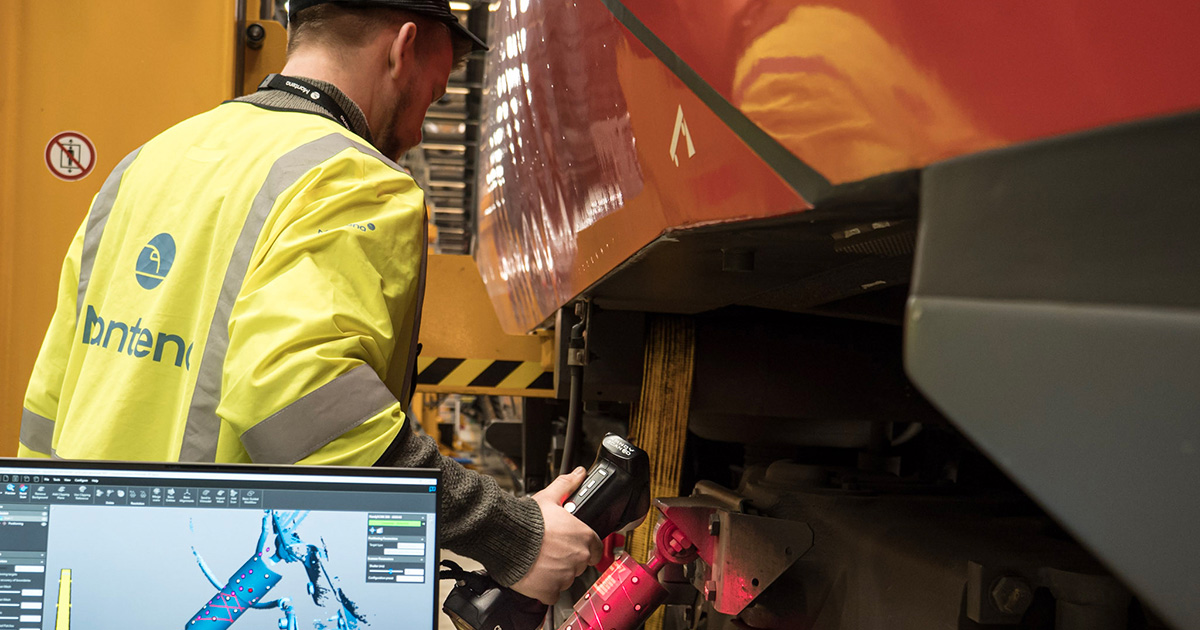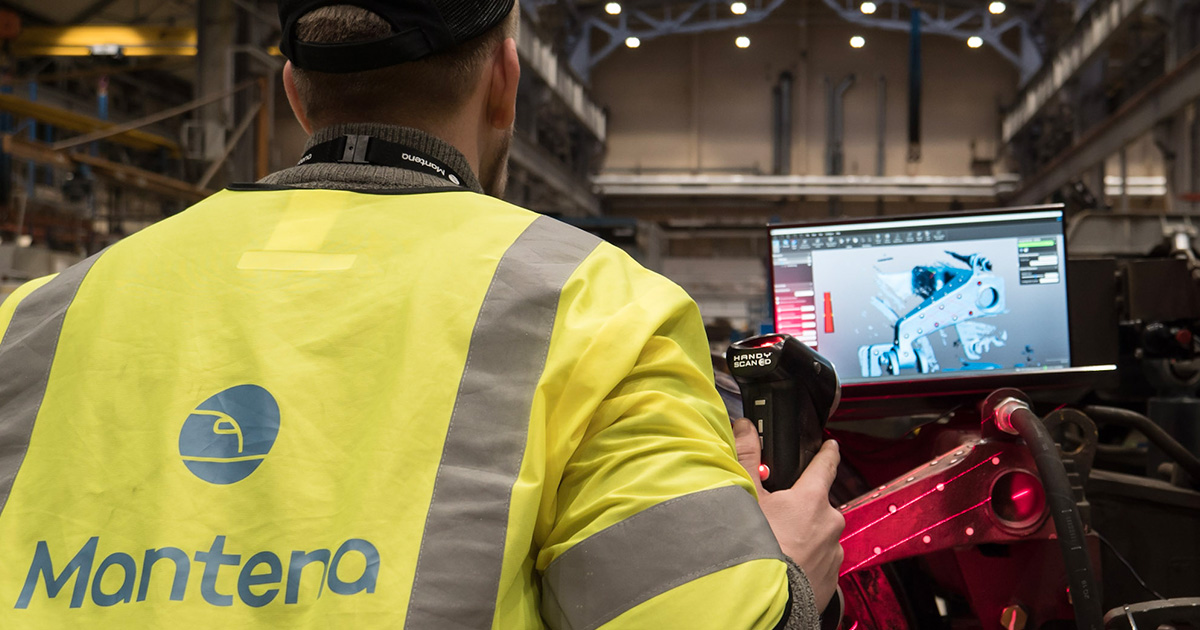
Discontinued parts of old trains can be difficult to obtain. Some parts can also be very expensive to purchase and sometimes require ad hoc solutions and special tools. It may then be worthwhile to make replacement parts or tools yourself. Mantena wants to develop itself within this field and has now started a research project that focuses on the reverse engineering of components.
Recently, Mantena participated in a start-up meeting with the project partners. Sintef, APIteq AS, Fieldmade AS and the Norwegian Railway Directorate. The project is called ‘RevEngRail’, which is short for ‘3D Scanning and Reverse Engineering algorithms in the Railway Sector’ and is supported by the Research Council of Norway. Mantena is the project owner.
“Mantena will improve the processes in this area. That is our intention with this project. We will create a roadmap which shows the path leading from the need for replacement parts to a fully manufactured and certified part”, says acting project manager Petter Lefoka.

The project will also conduct and publish a pilot study in a reputable journal in order to test the new process among academic experts.
SINTEF will create algorithms that automate steps in the data processing process from a 3D scan to a CAD drawing and production basis. APIteq and Fieldmade will create an automated 3D scanning solution that will be tested at Ventilloftet in Grorud. APITeq are experts in 3D scanning. Fieldmade specialises in addative manufacturing and alternative logistics management. They will help Mantena develop the process. The Norwegian Railway Directorate will also assist in the project.
Petter Lefoka has been project manager of the pilot project and will be the acting project manager until Henrik Mathiesen returns from paternity leave. Others who play key roles in the project at Mantena are Daniel Stigen (Mantena Engineering), Anders Rene Gundersen (Team Leader at Ventilloftet), John-Egil Kjelsrud (Department Manager at Ventilloftet) and Terje Hullstein (Technical Manager). Tron Ranvik has also played an important role in the start-up phase.
